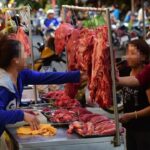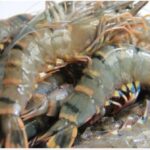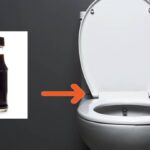When it comes to meat displays at large butchers’ counters, you’ll notice a distinct difference in how beef and pork are presented. Beef is often hung on iron skewers, dangling from above, while pork is typically displayed in large chunks on the counter. Why the discrepancy?
It’s all about attracting customers
The way products are displayed plays a crucial role in retail. For meat, the goal is to showcase the product attractively, highlighting its strengths while downplaying any weaknesses. Hanging beef or displaying pork on a counter is no different; it’s all about making the sale. Pork, with its layers of fat and skin, might not look as appealing if hung with the fatty side visible to customers. On the other hand, beef, which is usually sold as lean cuts, looks much more attractive when hung, drawing customers’ attention.
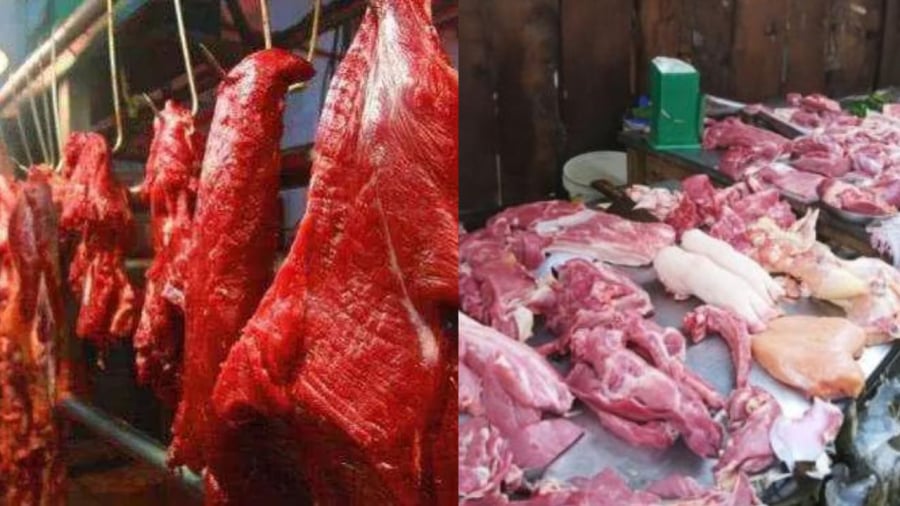
Display strategies are linked to customer attraction and product quality
Differing sales rates between pork and beef
Pork is generally in higher demand and sells faster than beef. Additionally, pork is typically sold in larger, heavier chunks, while beef tends to come in smaller, longer cuts that are easier to hang. Hanging large chunks of pork can be unsightly and inconvenient, especially when serving a high volume of customers. It’s simply more practical to keep the pork on the counter, whereas hanging beef is a more efficient use of space and makes it easier to serve customers without keeping them waiting.
Hanging beef improves preservation
Meat displayed at markets is more susceptible to spoilage due to increased exposure to air and the environment. By hanging beef, it avoids contact with moisture on counter surfaces, prolonging its freshness. Beef also tends to have a slower sales rate than pork, so hanging it helps extend its shelf life.
Hanging beef showcases quality, while counter-displayed pork emphasizes its appeal
Today’s consumers are wary of meat quality. With pork, customers scrutinize the lean-to-fat ratio and look for imperfections in the meat’s lateral view. To address this, butchers display pork on counters, with the lean side facing up, to showcase its quality.
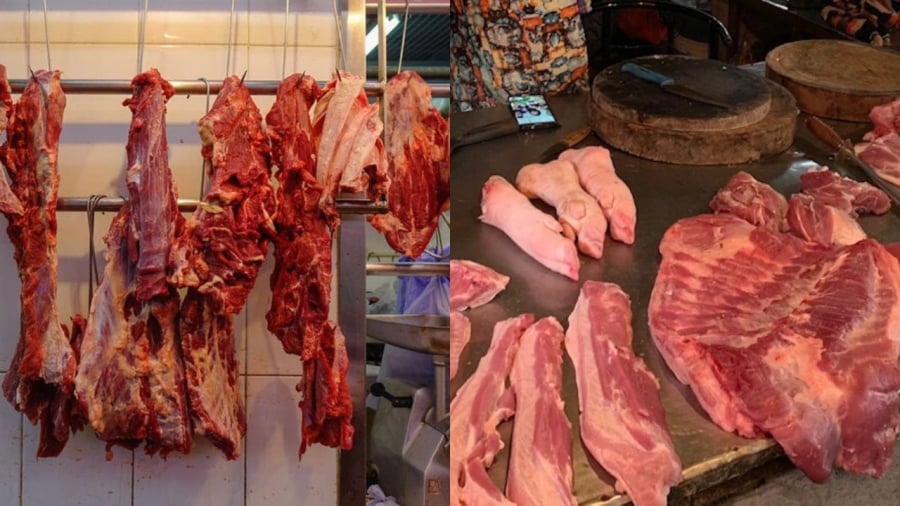
Shoppers should pay attention to these display strategies to make informed purchases
On the other hand, hanging beef indicates that it hasn’t been pumped with water. If water-injected, the meat would drip when hung, giving away the practice. Hanging beef is also a way for butchers to showcase the quality of their product, and it’s an attention grabber from a distance. Shoppers should be mindful of these display strategies to make more informed choices when buying meat.
To ensure you’re getting the freshest pork and beef, here are some additional tips:
– Opt for meat with a natural pink or red hue, avoiding overly dark or unusual colors.
– Fresh meat should be resilient when pressed and quickly return to its original shape.
– Observe how the butcher wipes down and cuts the meat. If they frequently wipe away water, it could indicate water injection. If the knife doesn’t stick to the meat when cutting, it may have been previously frozen.


























